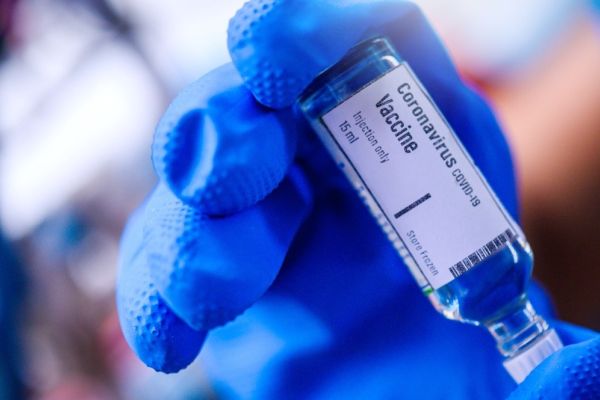Fair and equitable access to COVID-19 treatments and vaccines
Policy Briefing
Published 29/05/2020
How are drugs and vaccines developed?
The pharmaceutical and biotechnology industries develop, produce, and market drugs and vaccines. Companies work within an ecosystem that includes academic institutions and substantial public funding which facilitates early discovery and research. The estimated costs of drug development vary according to products, with estimates ranging from USD$161 million to USD$2.6 billion. Estimates of cost can account for opportunity costs and the cost of research and development which doesn’t lead to viable products. It takes, on average, 10-12 years to develop a drug from initial discovery to availability on the market. The economic modelling upon which estimates are based relies on particular assumptions about the competitive and regulatory environments, which may change within the global context of COVID-19.
Regulatory and licensing bodies and approval processes for new drugs and medical products vary by country. In the UK, once a new drug has completed clinical trials, the approval process consists of two stages before the drug is made available on the NHS. The first stage of licensing provides assurance from the regulatory authority (the European Medicines Agency and/or the Medicines and Healthcare products Regulatory Agency) that the drug or vaccine is effective, and is sufficiently well-tolerated that the potential benefit to patients outweighs the risk, and meets manufacturing quality standards to the extent that it should be made available for use by clinicians. After licensing, the product is appraised by the relevant bodies, such as the National Institute for Health & Care Excellence or the Joint Committee on Vaccination and Immunisation, to ensure that it is a cost-effective treatment or vaccine to provide on the NHS.
Drugs can be patented to offer revenue protection to companies for the length of the patent, to enable them to recoup the cost of research and development and reward economic risk. Patents can last up to 20 or exceptionally 25 years. Most drugs are often patented before being placed on the market, so the revenue life of the drug is usually shorter than the patent length. Patents are issued nationally, which means that drugs may be patented in one country but not in another. Drugs are priced and made available at differing costs across markets.

Share